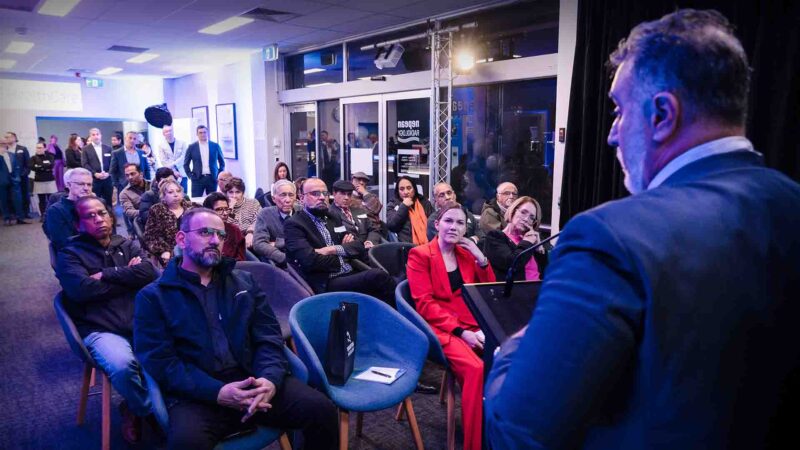EXERCISE PRESCRIPTION TO SUPPORT THE MANAGEMENT OF OSTEOPOROSIS Healthy Bones Australia develop exercise statement for Physiotherapists and Exercise Physiologists
With
Professor Belinda Beck, Exercise Science, Griffith University &
Owner and Director, The Bone Clinic &
Member of Medical and Scientific Advisory Committee, Healthy Bones Australia (formerly Osteoporosis Australia)
Australian Health Journal segment
Filmed in Southport, Queensland | March 2025
In Australia, more than two thirds of people over the age of 60 have osteoporosis or osteopenia. An estimated 183,000 fractures related to poor bone health occurred in 2022. Osteoporosis and related fractures affect individuals, their carers, and the wider healthcare system, costing $2.59B per year for fractures alone.
Osteoporosis is commonly managed medically and typically with treatment. Exercise is also essential in the management of osteoporosis but tends to be under-utilised due to lack of knowledge and unfounded concerns about the risk of injury. In fact, optimal care of people with low bone mass, osteoporosis and/or increased risk of falling can and should include targeted exercise to help prevent osteoporotic fracture.
Osteogenic exercise is important throughout life – in youth to optimise peak bone mass and in adulthood to minimise loss. The exercise recommendations in the current statement, however, are targeted at older adults as osteoporosis typically occurs in the later years. In light of the increased skeletal fragility of osteoporosis, it is recommended that the following exercise prescription be supervised by a clinical exercise physiologist or physiotherapist. Such expertise is required to assess co-morbidities and exercise capacity in order to appropriately individualise the exercise prescription.
Most exercise provides health benefits, and some activity is always better than none. However, specificity and overload are required to improve bone mass and strength, and high challenge balance training is required to prevent falls.
In early 2024, Healthy Bones Australia released a summary of the principles of osteogenic loading and fall prevention, the translation of those principles into clinical practice, evidence-based recommendations for exercise prescription, and special considerations, along with links to several relevant resources for people with or at risk of osteoporosis, falls and fractures.
The document is based on the latest research and developed by an expert Working Group, Advisory Committee and following a National Roundtable. The guidance in the exercise statement acts as a recommendation or exercise prescription for supervised program delivered by clinical exercise physiologists or physiotherapists.
Source: Healthy Bones Australia, Exercise Prescription to Support the Management of Osteoporosis For Physiotherapists and Exercise Physiologists (February 2024)
You Might also like
-
Rapid trend shift in radiology technology and accessibility
Dr Mansoor Parker obtained his medical degree from the University of Tasmania. He then completed his specialist radiology training at Nepean Hospital, Sydney with subspecialty interests in Interventional Radiology and Pain Management, Musculoskeletal, Cardiac and Abdominal Imaging. Dr Parker is a qualified specialist since 2005 and is a member of the Royal Australian and New Zealand College of Radiologists and the exclusive Australasian Musculoskeletal Imaging Group (AMSIG) as well as the Interventional Radiology Society of Australasia (IRSA).
-
Empowered nurses leading digital health enablement
Nurses have a pivotal role to play in the widespread implementation and adoption of digital health technologies throughout the healthcare sector for the primary purpose of improving safety and quality of patient care.
Australian Health Journal talked to two of Australian top leaders in nursing and in digital health on how the role of nursing is pivotal to the success of digital health in the Australian health system.
-
Belonging in a medical device company
Edith de Boer is the HR Director for Zimmer Biomet in Australia and New Zealand. Her career originally was in telecommunications and consulting in Europe. After leaving The Netherlands, Edith worked into the Australian medical research industry, before moving into a human resources role at Zimmer Biomet. Edith spoke to Australian Health Journal about her role and the organisation.



